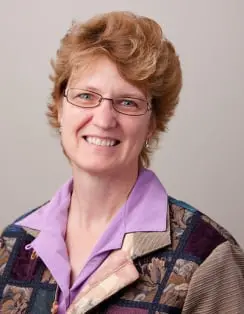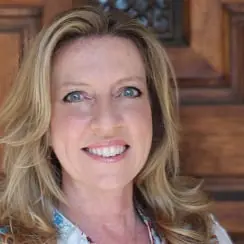 | 1.5 LU |
 | 1.5 LU |
Campus faculty and staff are frequently called upon to provide context and advice when classroom facilities are designed and/or renovated. Several years ago, SUNY launched FLEXspace: the Flexible Learning Environments eXchange which has evolved into a respected, well-adopted community of practice and open educational resource/repository. Recently, additional investment in this community-driven portal to integrate the Learning Space Rating System (LSRS), a quantitative measure of active learning potential within learning spaces in underway, planning for FLEXspace 3.0. Following the integration of these tools, several founding members of these tools/services developed a planning pathway to assist faculty, AV/IT technologists, librarians, instructional designers and facilities planners in maximizing effectiveness of their collective recommendations when tasked with advising/planning new facilities. This presentation describes an integrated planning pathway proven successful at multiple colleges, universities and K-12 environments. The goal is to empower advisory groups with diverse perspectives and expertise to follow a step-by-step process that creates internal group alignment prior to meeting with external contractors and consultants. This alignment results from adopting and prioritizing core pedagogical values within budgetary constraints, including definition of acceptable alternatives when preferred solutions are potentially limited by resource or environmental constraints. Participants will learn how to navigate these tools, and how to adopt and guide these efforts on campus. Participants will learn about and be equipped to replicate the FLEXspace Integrated Planning Pathway (FLIPP) for campus advisory groups with diverse expertise to align on core pedagogical and technology values when planning new learning environments.
Learning Objectives:

Lisa is Assistant Dean at U. Buffalo’s School of Engineering and Senior Strategist for Academic Innovation at SUNY. She has led a SUNY-wide (IITG) seed fund program, the Open SUNY Coursera initiative, and is Director of the Flexible Learning Environments eXchange, a global repository of learning environment exemplars. Lisa recently received the EDUCAUSE Community Leadership Award, a SUNY Chancellor’s Award, and two ASEE Awards at the Conference for Industry and Education Collaboration (CIEC).

Dr. Rebecca Frazee recently joined the IT Education division at the University of California San Francisco as a Digital Equity Education Analyst. Since 2015, Rebecca has served as the Director of the Flexible Learning Environments Exchange initiative (FLEXspace.org). Rebecca has also worked as an analyst, consultant, instructional designer, coach, and lecturer in the areas of educational technology, training and development, research and evaluation, social and digital media analytics, and organizational learning and performance systems.
This track elevates Research on learning and learning environments and focuses on methodology, findings, and implications for practice. Tangible takeaways are encouraged, including tools and resources that support innovation and improvements to learning environments. There is Art in how we utilize Science to improve our design outcomes and our design and research process. To this end, dissemination of research findings is a priority so that learning environments are re-imagined and enhanced based on evidence and measured impact, not based on trends.
Primary Core Competency
Educational Visioning: Exhibits an understanding of best and next practices related to educational leadership, programming, teaching, learning, planning and facility design. Establishes credibility with educators, community members and design professionals while conceiving and leading a community-based visioning process. Demonstrates the ability to articulate the impact of learning environments on teaching and learning and uses that ability to facilitate a dialogue that uncovers the unique needs and long-range goals of an educational institution and its stakeholders – translating that into an actionable written/graphic program of requirements for the design practitioner.